The Electromaker Show Episode 4
Welcome to your mid-week maker update for the week of June 22, 2020! This week saw lots of cool happenings on the maker, do-it-yourself (DIY), embedded device, and crowdfunding fronts. From an overclocked Raspberry Pi 4 8GB model to the Windows 10 clone LinuxFX 10 and a PL1-0 universal sensor interface, read on and watch the show for breaking updates!
Overclocked Raspberry Pi 4 8GB Model
The Raspberry Pi 4 continues to improve and become better suited for desktop, computing cluster, and even retro gaming emulation. Recently, I put the Raspberry Pi 4 4GB variant to the test as a desktop replacement and I was incredibly pleased at the results. I was able to tackle my daily job responsibilities with ease, from writing to image and even audio editing. And the Raspberry Pi 4 8GB RAM model debuted further expanding the computing capabilities of the Pi. Our good friend Les Pounder showcased his Raspberry Pi desktop set up which includes the 8GB DDR4 RAM model. Les delves into overclocking the Pi, USB boot, and installing an operating system. It's possible to overclock to 2GHz which should deliver top-notch performance from the Pi. Even with 8GB of RAM and an overclocked CPU, video editing, while possible, is a bit slow. Even a shorter 15 minute video can take almost three minutes to output. But for most basic and even moderate tasks, the Pi 4 is more than up to snuff.
Linuxfx 10 - A Linux-based Windows 10 Lookalike
Switching from Windows to Linux, or macOS to Linux, can be pretty challenging for newcomers. While there are plenty of user-friendly Linux distributions (distros) including Ubuntu, Pop!_OS, and Manjaro, others such as Arch Linux and Gentoo aren't as beginner-friendly. Even something as simple as a familiar desktop environment can ease the transition. Enter Linuxfx 10, a Linux-based distro engineered to mimic the appearance of Windows 10. Even first boot features a Windows logo alongside a message that says "checking integrity, this may take some time." Upon booting into Linuxfx 10 for the first time, you'll an incredibly dedicated Windows-esque desktop environment. From a quick glance, you'd never guess that underneath the Win 10 veneer lies a full-on Linux subsystem. Using the B00merang project, you can even apply custom themes to make your favorite Linux operating system (OS) appear like macOS and Windows. For Raspberry Pi users, Twister OS provides similar functionality as a Raspberry Pi OS (formerly Raspbian) distro skinned to look like Windows 10 and macOS.
Crowdfunding Chat - PL1-0 Universal Sensor Interface and More
There's been a lot happening on the crowdfunding front. Crowd Supply features the PL1-0 launch. This universal sensor interface allows you to hook up microcontrollers such as Arduino boards to high voltage industrial sensors. It's a great addition to any industrial Internet of Things (IIoT) application. Although Arduinos are excellent for prototyping, often putting them into real-world industrial situations requires higher voltage than a microcontroller can handle on its own. The PL1-0 solves this cchallenge with its 8-channel universal sensor interface. You can hook up 5 or 3.3 volt microcontrollers to otherwise incompatible sensors using the PL1-0.
Portable Raspberry Pi kits and Raspberry Pi laptops like the CrowPi are all the rage. The CrowPi 2 improves upon Elecrow's original CrowPi RasPi laptop, while the Pi-top [4] which was successfully crowdfunded on Kickstarter offers a programmable computing module aimed at makers and hobbyists. The pi-top [4] boasts a fully-programmable tiny screen, CPU cooling system, and a solid 5-hour internal battery. It's all powered by a Raspberry Pi 4 4GB variant. The pi-top [4] is intended as a creative outlet for coding and prototyping. There's an included metal case that houses components like buttons, LEDs, and sensors for creating a bunch of different projects. It clocks in at $300 USD and is available in the pi-top shop. That makes it one of the pricier, albeit more robust and comprehensive, Raspberry Pi kits for kids. It's way more than just a Pi with a case, and the included parts and pieces actually justify the price.
Maker Projects Around the Web
There are tons of maker projects around the web that can keep you entertained at home. DIYer GreatScott! built a super cool automated greenhouse with sensors for monitoring humidity, soil moisture, and temperature. The sensors then wirelessly send data through a LoRa gateway, and those metrics are uploaded to the Things Newtork such that the analytics are available from anywhere. It's a neat smart gardening project. If you want to accomplish a similar feat, off-the-shelf automatic gardening kits are available from the likes of Elecrow.
See Stuff Made created a device that lets you see while blindfolded using an iPad, tactile interface, and LiDAR. LiDAR is a method employed to measure distances by illuminating a target using laser light and then in turn measuring the reflection. The concept is that in low visibility situations could be remedied with phones and tablets. And in theory, this could be prototyped into a device capable of use by anyone with impaired vision. It's a great project that solves a real-world challenge.
Everyone likes robots. Well, except for the killer robots from often found in sci-fi movies and TV shows, like "Chopping Mall." And with powerful single-board computers (SBCs), you can even make robotics projects at home with ease. KIKAItachi created a robot that climbs a slide and gazes upon the sky. Using vacuum cups, it can adhere to the slide and ascend, then later descend the slide. Its on-board camera captures clouds in a time-lapse. It's a fairly specific robot, but does its job well. Ivan Miranda whipped up a sand drawing robot complete with wheels. You can place it into the sand and it draws letters or numbers. The entire robot is powered by an Arduino Mega 2560 which reads from an SD card text file to replicate the desired image in the sand.
Playing games is fun. And as inconvenient as it is when the Wi-Fi goes out, at least Chrome users can play the Dinosaur game. Maker Ryan Chan created an actual jumping dino game for those that want to play the T-Rex Chrome Dino game complete with actual jumping motions. Hey, if you're into plyometrics, what better way to work on those calves, hamstrings, quads, and glutes than with a lifesize version of the Chrome Dino game?
To replicate Chan's project, you'll need various components including an Arduino MKR Zero, breadboard, force-sensing resistor, and an Arduino IDE (integrated development environment). While it may sound complex, there's nothing involved aside from common off-the-shelf electronics components.
Stay Entertained at Home
Looking for ways to stay entertained at home? Why not participate in a challenge! Point IoT is asking makers to solve their industry challenges using satellite and IoT technology. There's everything from asset tracking at scale to personal workplace safety prioritization. The deadline to apply is June 28th, so get your applications in ASAP! Point IoT is encouraging students and researchers, entrepreneurs, start-ups, and developers and programmers to apply.
The Electromaker Show Episode 4
These were our favorite stories from the week. However, we may have missed something. Did you find a maker, tech, or DIY story we missed? Comment below, or let us know which of these happenings excited you the most!




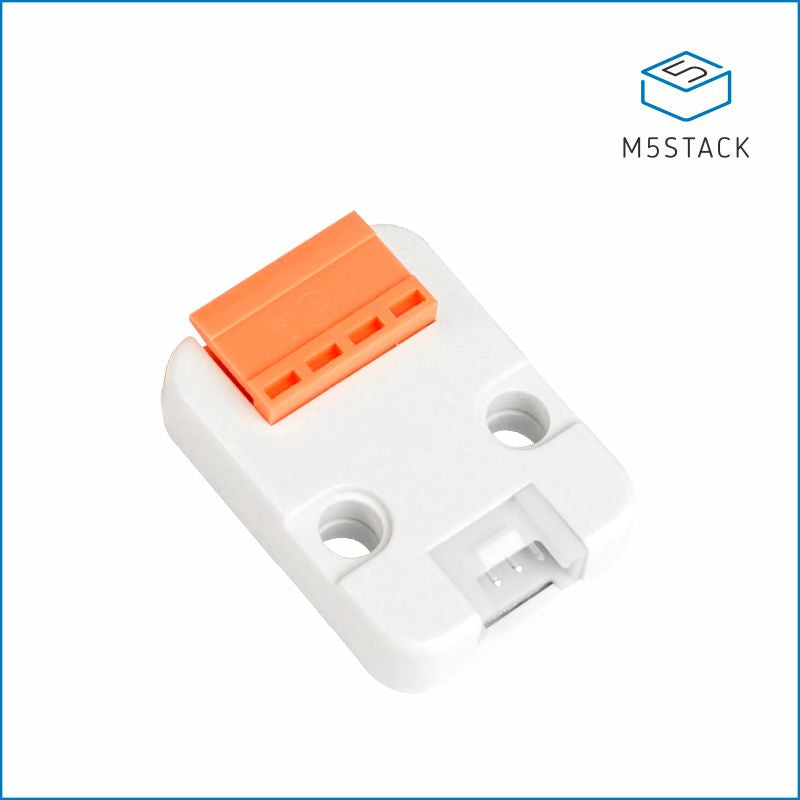

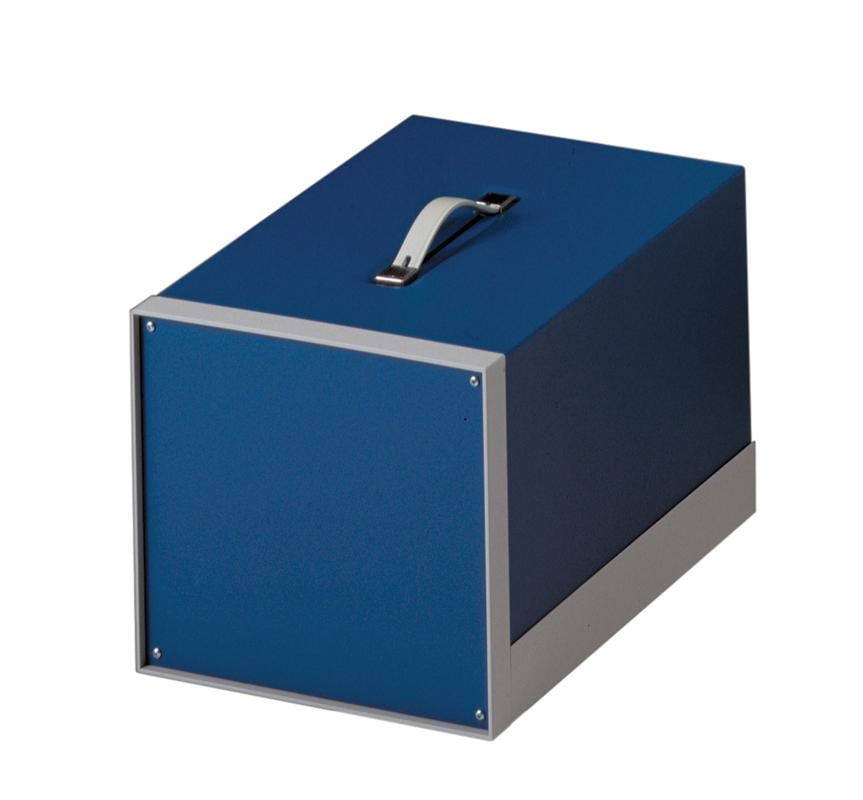
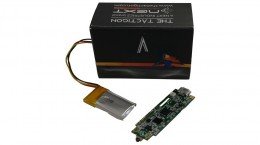





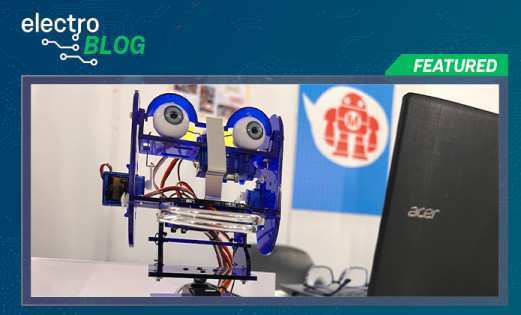
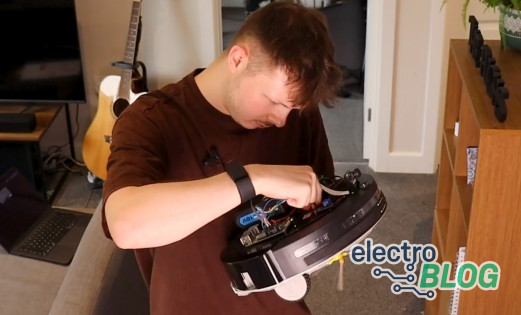
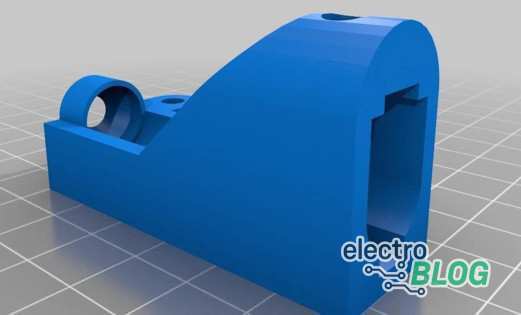
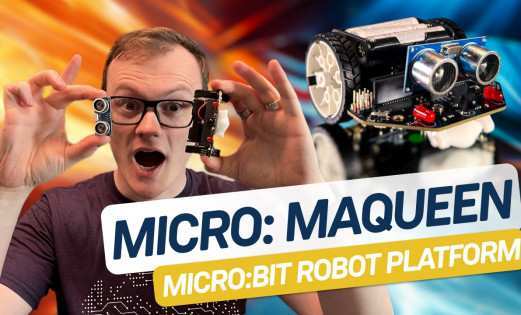








Leave your feedback...